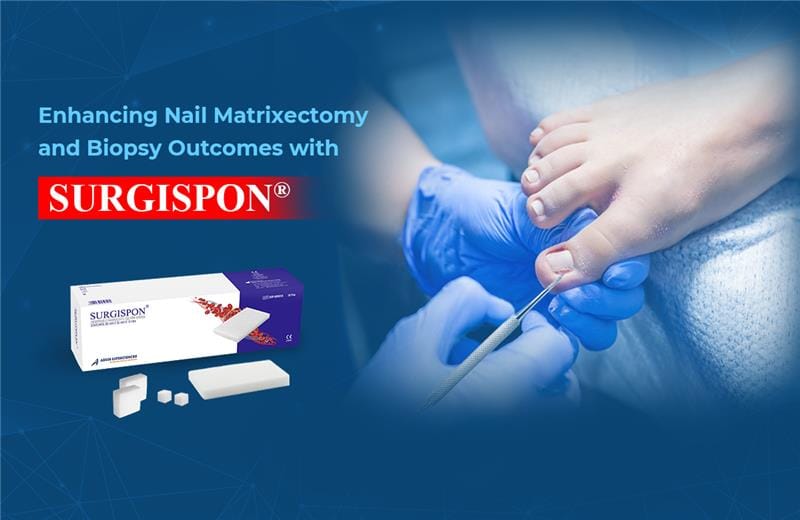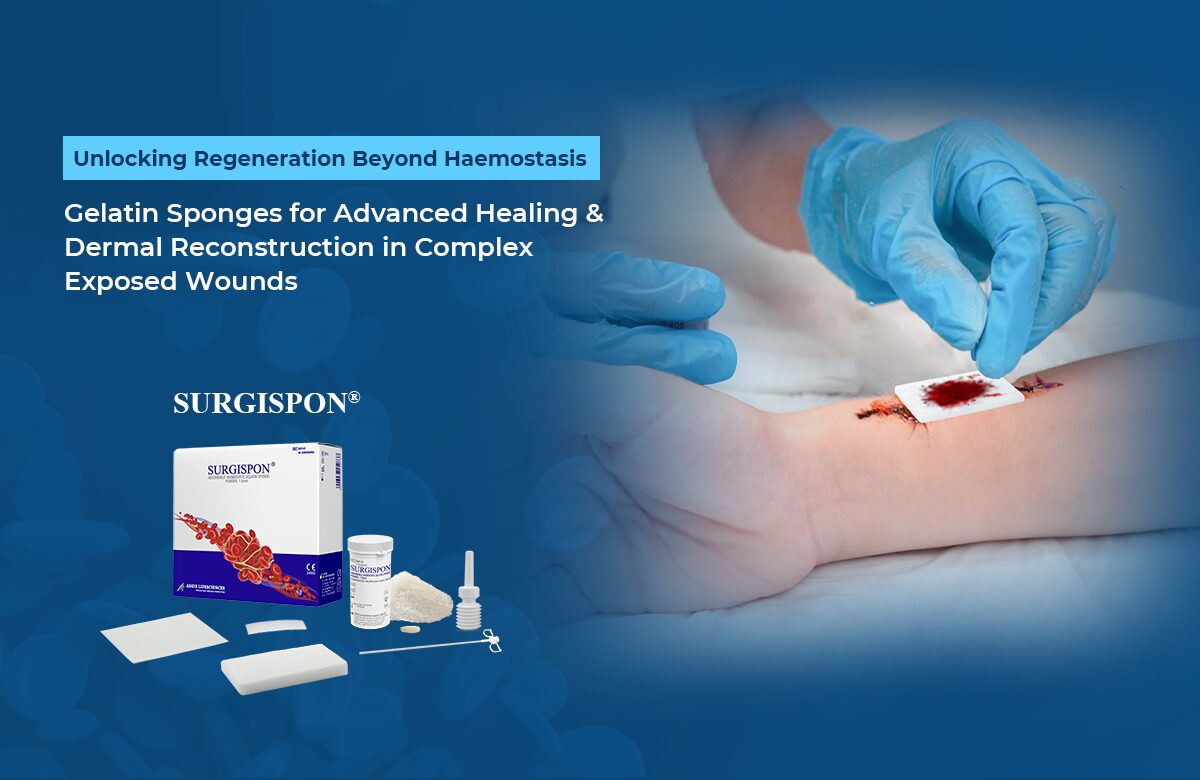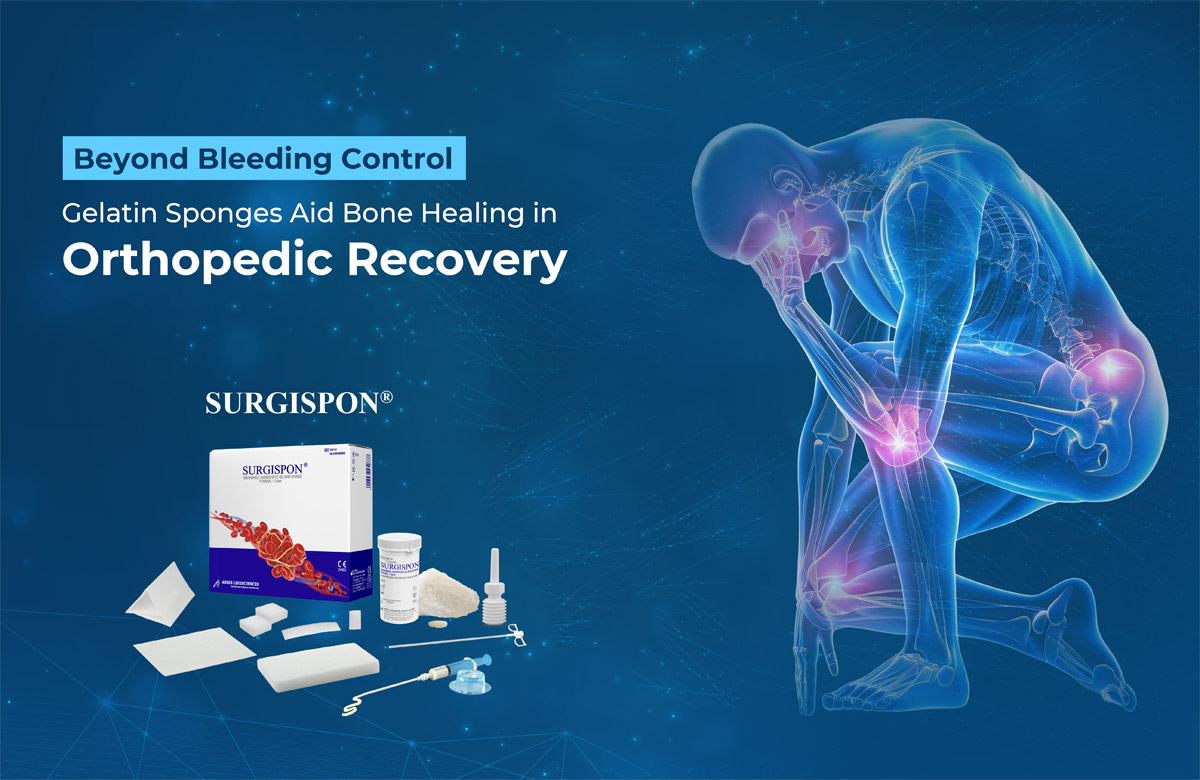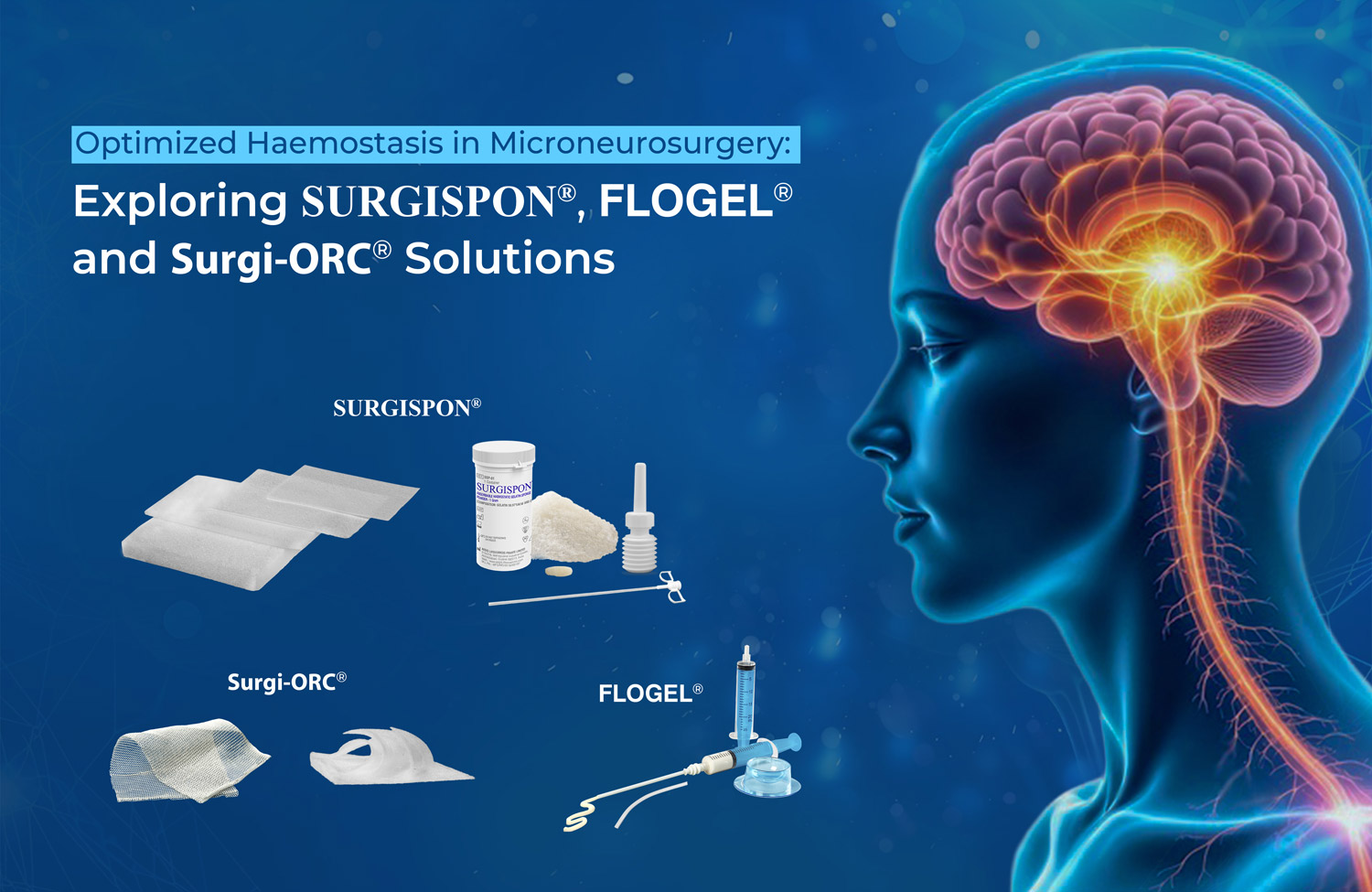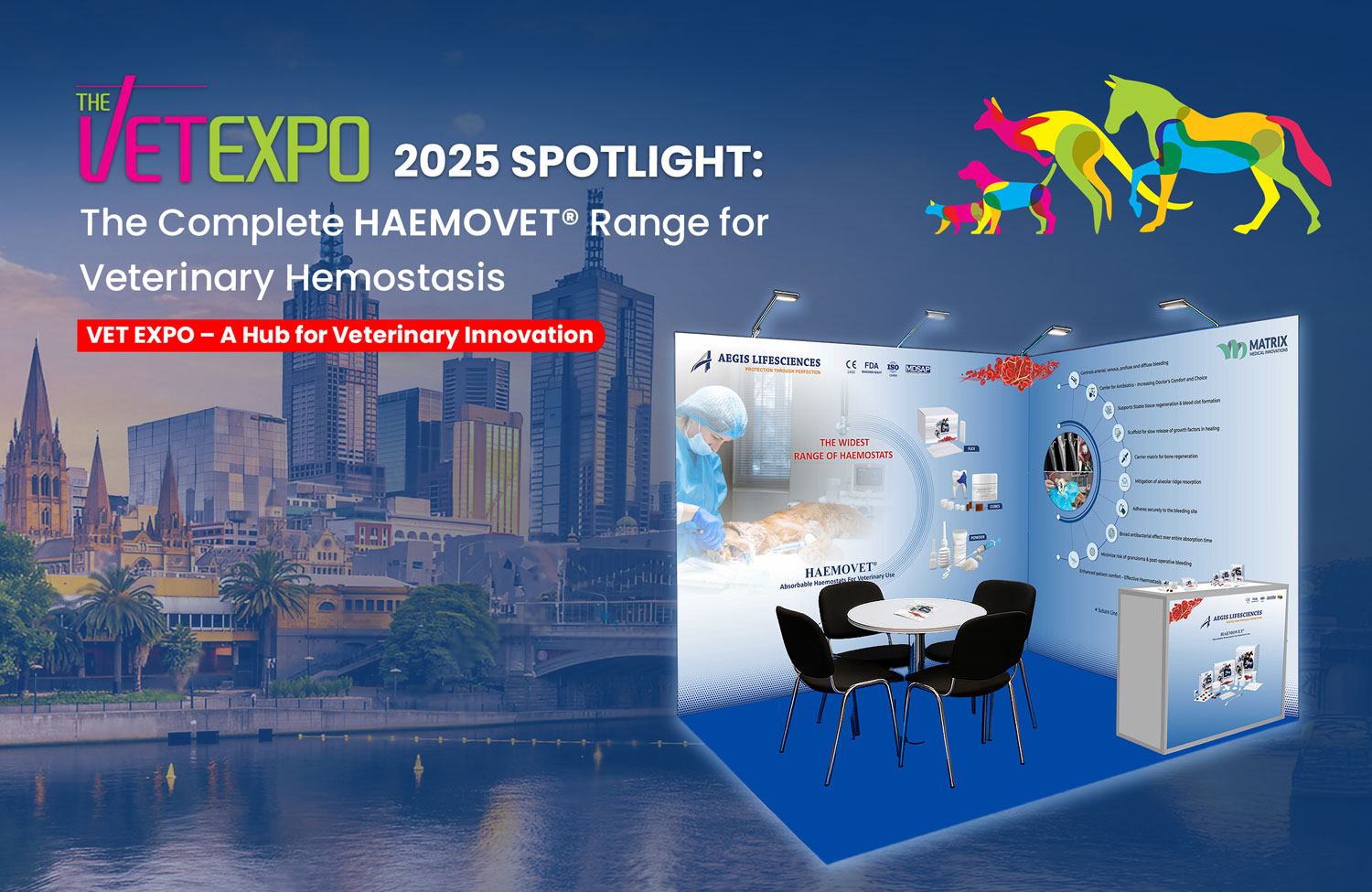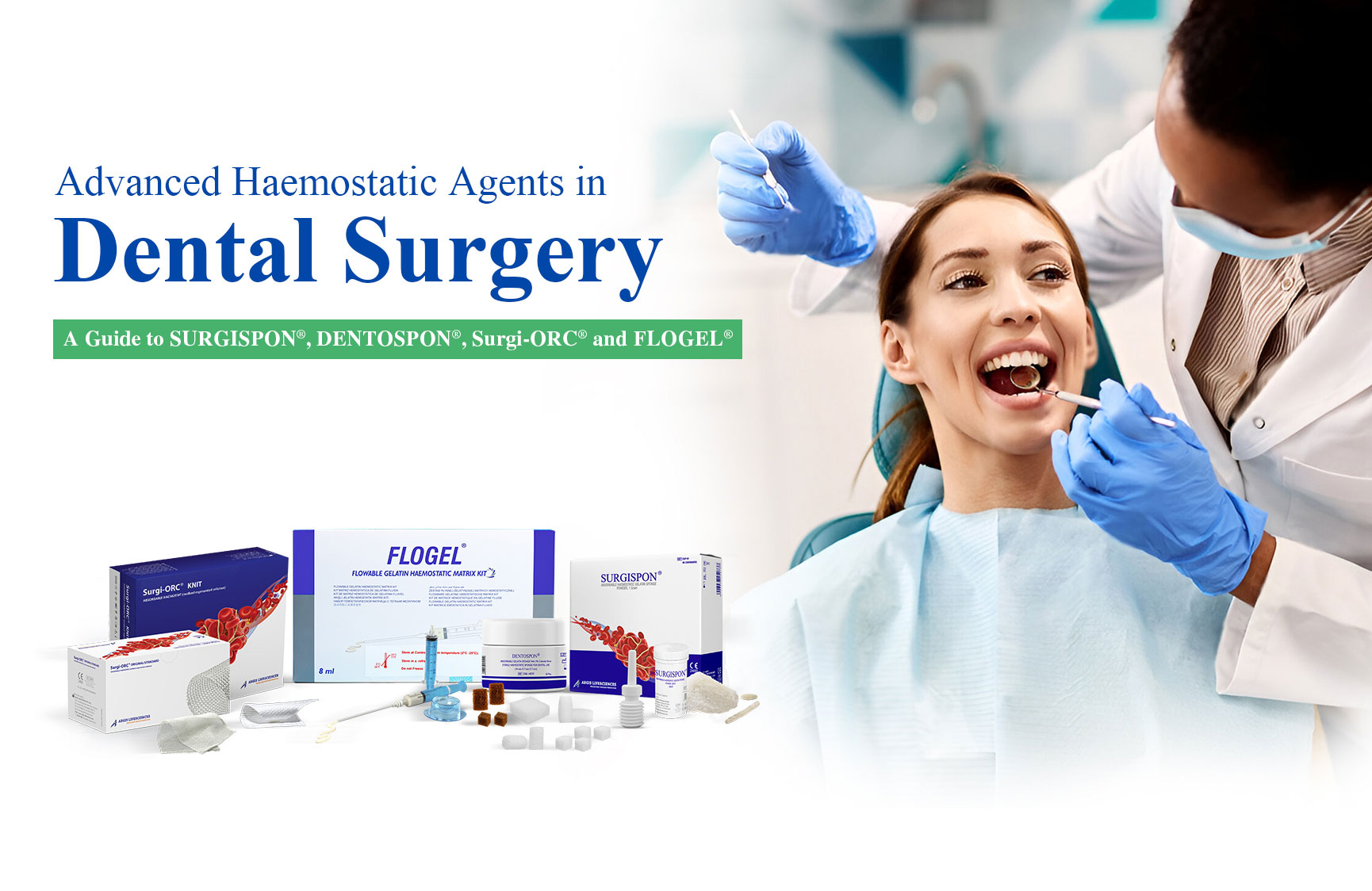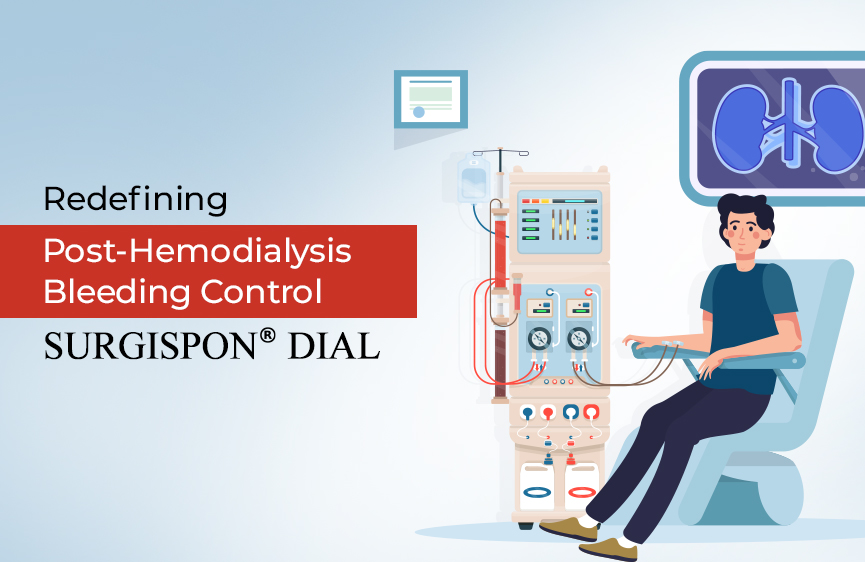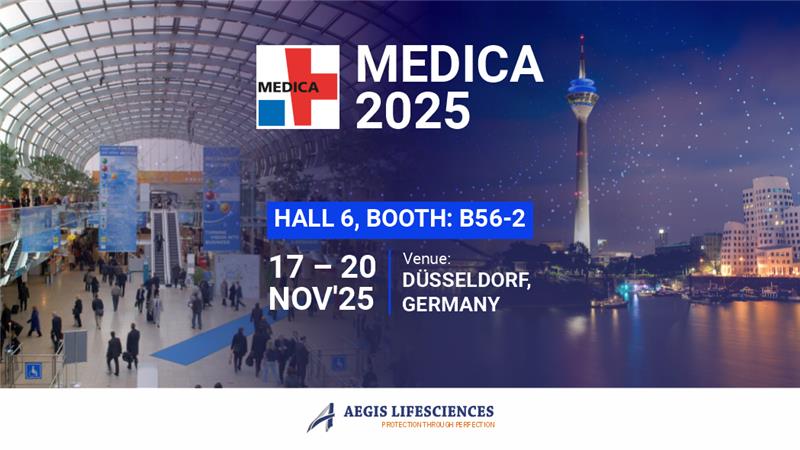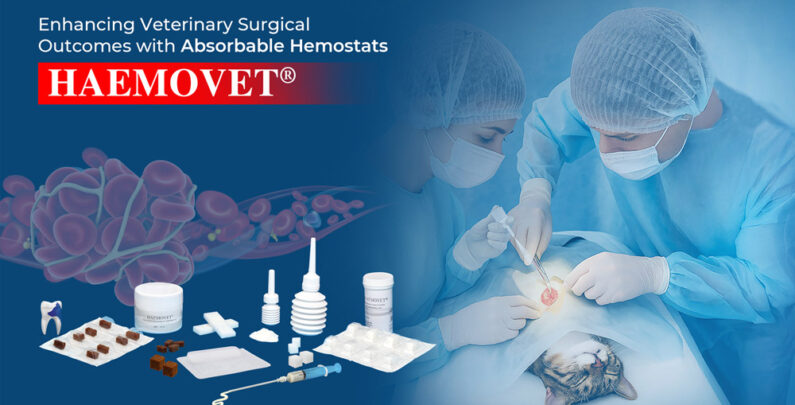
Enhancing Veterinary Surgical Outcomes with Absorbable Hemostats

In any surgical procedure, effective bleeding control is essential for achieving optimal patient outcomes. Haemostats improve intraoperative visibility, reduce surgical time, and promote faster recovery in patients. On the other hand, inadequate haemostasis can lead to complications such as wound dehiscence, infection, or hematoma formation. In more severe cases, it may result in conditions like hemarthrosis or hemothorax, significantly increasing the risk of post-operative morbidity and mortality in veterinary patients.1,2
The Role of Absorbable Haemostats
Among available haemostatic options, gelatin-based sponges help manage bleeding by expanding to exert localized tissue pressure and achieving haemostasis through a tamponade effect.1Known for safety, reliability, and ease, they are effective in diverse surgeries, supporting smoother recoveries in animals.
Introducing HAEMOVET®: An Absorbable Haemostat for Veterinary Use
HAEMOVET®is a sterile, absorbable haemostat developed specifically for veterinary surgical and dental applications. When conventional methods such as pressure or ligature are ineffective or impractical, itprovides rapid, localized, and effective bleeding control.In dental use, HAEMOVET® with Silver Colloid provides antibacterial protection, with finely dispersed silver effective against a broad range of oral microorganisms.
Key features& Benefit of HAEMOVET®:
 Product Variants: HAEMOVET® is available in multiple forms to meet diverse surgical requirements: Flex, Dental Cubes (White & Brown), Powder (Bellow & Container), and PSKIT offering versatile solutions for diverse veterinary surgical applications.
Product Variants: HAEMOVET® is available in multiple forms to meet diverse surgical requirements: Flex, Dental Cubes (White & Brown), Powder (Bellow & Container), and PSKIT offering versatile solutions for diverse veterinary surgical applications.
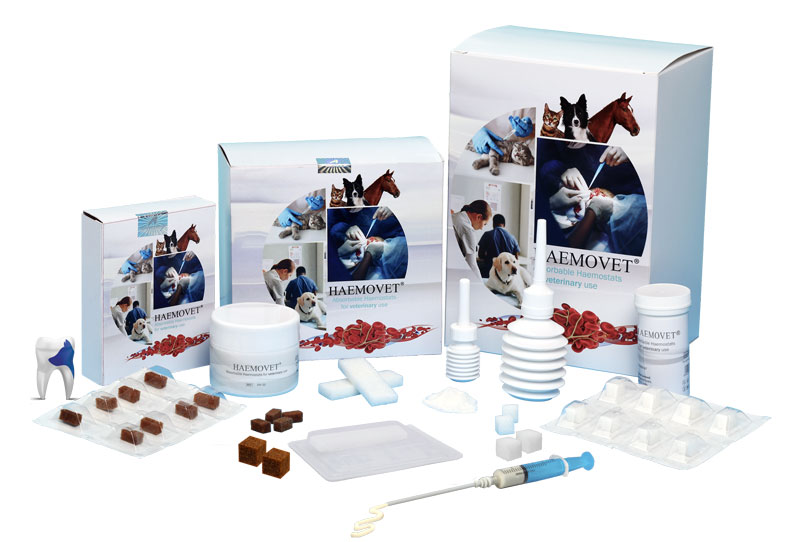
Fig. 1: HAEMOVET® Absorbable Haemostats for Use in Veterinary Surgical Care
Clinical Evidence: Aiding Bone Regeneration and Wound Healing
The effectiveness of gelatin hemostats extends beyond simple bleeding control, as demonstrated by their role in supporting bone regeneration and wound healing.
- This study investigated bone-graft substitutes for osseous defect repair, comparing Surgispon alone with a 75/25 hydroxyapatite–chitosan (nHAp/CS) composite combined with Surgispon in rabbit radial defects. Eighteen rabbits were divided into three groups: untreated, Surgispon, and composite with Surgispon. Radiographic, CT, and histological assessments were performed at 6 and 12 weeks. While no significant differences were observed at 6 weeks, by 12 weeks both treated groups outperformed controls, with the composite plus Surgispon showing superior bone regeneration. These findings suggest that the combination may be more effective than Surgispon alone for segmental defect repair.3
- This study compared adipose tissue-derived (AT-MSCs) and bone marrow-derived mesenchymal stem cells (BM-MSCs) for cleft alveolus regeneration in dogs. Twelve dogs underwent split-mouth surgery; experimental sites received AT-MSCs or BM-MSCs, while controls received scaffold with growth factors. At 1.5 and 3 months, both cell types enhanced bone healing. AT-MSCs proved equally effective, with added benefits of easier harvest, safety, and cost-efficiency, making them a favorable clinical alternative.4
Conclusion: A Valuable Addition to Your Veterinary Clinic
HAEMOVET® offers a reliable and efficient solution for bleeding control in veterinary surgical and dental procedures. Studies have shown it to be effective, particularly as a bone-graft substitute for repairing osseous defects, including segmental defects, while also supporting improved bone healing. Its absorbability, ease of use, and antibacterial benefits (in silver colloid variants) make it valuable for veterinary clinics. By supporting haemostasis, wound care, and infection preventionespecially in dental surgery and it enhances overall animal care.
For more information, contact our team or visit our product page
References
- Brown KGM, Solomon MJ. Topical haemostatic agents in surgery. Br J Surg. 2024 Jan 3;111(1):znad361. doi: 10.1093/bjs/znad361. PMID: 38156466; PMCID: PMC10771136.
- Lewis KM, Atlee HD, Mannone AJ, Dwyer J, Lin L, Goppelt A, Redl H. Comparison of two gelatin and thrombin combination hemostats in a porcine liver abrasion model. Journal of Investigative Surgery. 2013 Jun 1;26(3):141-8.
- Elmeshreghi TN, El-Seddawy FD, Gomaa M, Ezzeldein SA, Raouf MAE. Efficacy of a gelatin-based hemostatic sponge and hydroxyapatite-chitosan nanocomposites (nHAp/CS) on regeneration of radial bone defects in rabbits. Open Vet J. 2025 Jan;15(1):198-210. doi: 10.5455/OVJ.2025.v15.i1.19. Epub 2025 Jan 31. PMID: 40092175; PMCID: PMC11910267.
- Alamoudi NM, El-Ashiry EA, Allarakia RM, Bayoumi AM, El Meligy OA. Adipose Tissue and Bone Marrow-Derived Mesenchymal Stem Cells Role in Regeneration of Cleft Alveolus in Dogs. International Journal of Pharmaceutical Research & Allied Sciences. 2019 Jan 1;8(1).




